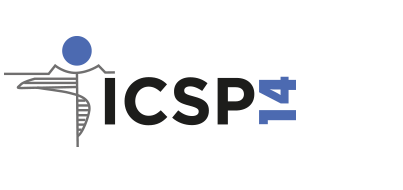14th International Conference on Shot Peening
Abstract [109]
Marco Beghini, Tommaso Grossi, Ciro Santus, Alessandro Torboli, Alessio Benincasa, Michele Bandini
Department of Civil and Industrial Engineering, University of Pisa, Pisa, Italy 2GNR Srl, Novara, Italy 3SINT Technology Srl, Firenze, Italy Peen Service Srl, Bologna, Italy Corresponding author: tommaso.grossi@phd.unipi.it
Abstract
The inverse problem of determining residual stresses from diffraction or relaxation methods is notoriously affected by a high sensitivity to errors in input data. A particular care must be devoted to ensuring that their input errors are minimized, and results shall come with a quantification of the corresponding uncertainties. Residual stress measurements are often validated by comparing the results of different techniques. Although this approach can strengthen the measurement confidence, it does not highlight potential biases of the methods. The authors presented a calibration bench [1, 2] which can impose a known bending distribution on a specimen while simultaneously performing an X-Ray Diffraction (XRD) or Hole-Drilling Method (HDM) residual stress measurement. Since the external load can freely be applied and removed, Bueckner’s superposition principle [3] can be exploited to simultaneously identify both the reference bending distribution and the actual residual stress distribution with the same experimental setup. As the first is accurately known, the bench provides a direct estimation of the achieved accuracy. Moreover, it can reveal systematic errors in the chosen procedures. Two shot peening treatments were analyzed on the calibration bench with both XRD and HDM. First, residual stresses on the surface were evaluated with XRD measurements, then electrochemical material removal was performed to investigate stresses at higher depths. After that, HDM measurements were carried out and compared with the results of XRD. Both methods were also used to identify the known bending stresses: that provided an additional validation of the residual stress results.
Date
19 Novembre 2022

